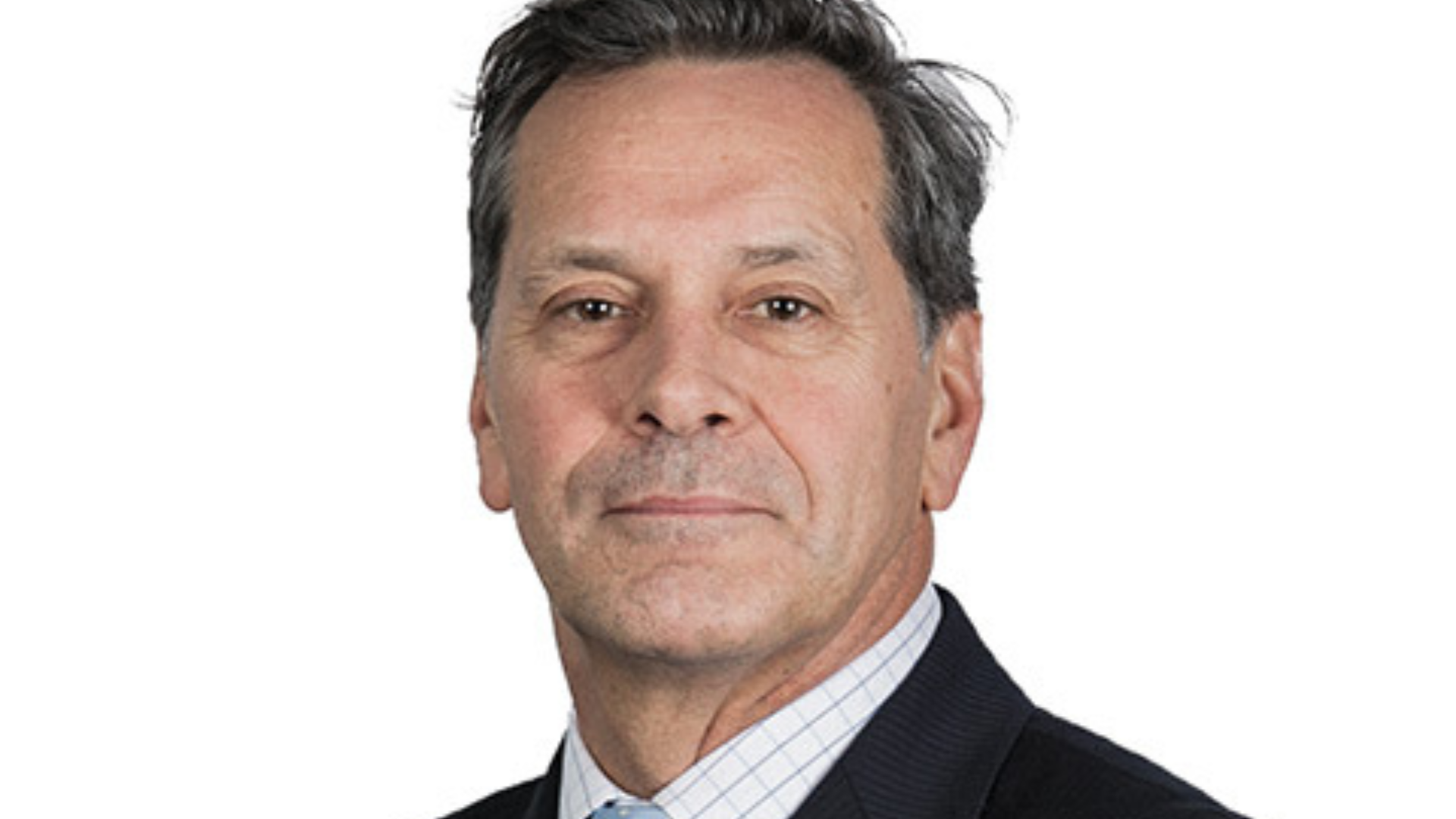‘Bright lines’ and member outcomes: the heat is on
Your Future Your Super (YFYS) is meant to improve member outcomes. But Frontier’s latest research suggests that the performance test is in dire need of tweaking if it’s to fulfil that goal.
Frontier’s latest research – “The heat is on – superannuation fund performance in 2021” – aims to answer the question of whether the Your Future, Your Super (YFYS) performance test has delivered on its most important goal: improving outcomes for members.
“Improving member outcomes is a worthy aim and funds which have demonstrated persistent underperformance have no place in managing members’ superannuation,” authors David Carruthers and Paul Chua wrote. “However, it is key in this assessment to identify those funds which are likely to produce poor member outcomes in the future.”
“This is not an easy task… the YFYS performance test only assesses a small part of member outcomes. The test assesses how well a fund has implemented its chosen strategy, not whether it is a good strategy.”
But the evidence that the performance test can positively impact practices that APRA believes are stifling member outcomes is mixed. One of the stated aims of APRA and Treasury is to drive fund consolidation, with their premise, as Carruthers and Chua put it, that “larger funds are in a stronger position to provide better outcomes for members.”
But Frontier’s analysis found that there is “no significant relationship” between asset size and YFYS outcome; the funds that failed ranged from large- to medium-sized, while those that underperformed the test but not below the -0.50 per cent threshold are also evenly split by fund size. And while the performance test incorporates administration fees together with investment fees, Carruthers and Chua point out there’s as yet no correlation between the total fees a member pays and their fund failing the test.
APRA and Treasury appear to have selected size and fees as high priority areas. It’s now become orthodoxy that any fund below $30 billion is sub-scale, and increased size is supposed to go hand-in-hand with reduced fees.
But Carruthers and Chua find here that “there is no significant relationship” to suggest member fees will be lower as the size of the fund increases; larger funds are likely more efficient, but “this doesn’t appear to directly translate into lower fees for members.” Of course, other parts of the package could well reduce fees – mainly those aimed at reducing duplicate accounts.
But on the most important area where the test is supposed to deliver – investment performance – Frontier and other commentators have already had the final word: “The test assesses how well a fund has implemented its chosen strategy, not whether it is a good strategy.”
While other areas that Carruthers and Chua cover are now (unfortunately) well-trodden ground – for example, some older members may well have been better off in a product that failed than one that passed – their data provides an interesting insight into the future of the performance test. While most underperformers were serial offenders, falling below the -50 per cent performance threshold over a three- and five-year period, there were significantly more funds below the underperformance threshold over the three-year period than ultimately failed.
“This highlights the importance of assessing investment performance over longer time horizons, as short-term horizons could introduce more ‘noise’ into the calculations,” Carruthers and Chua wrote. “In particular, the cyclical nature of manager alpha (especially recently in equity markets) will have a short-term effect on the results.”
“There are 17 additional funds whose performance is below the -0.5% performance threshold when compared to their listed SAA benchmark over three years. These funds’ official seven-year YFYS performances are above the threshold. This may indicate the possibility of these funds experiencing YFYS performance test issues in future years.”
Frontier also ran the numbers on the choice sector, which has so far only been subject to APRA’s heatmap. The damage will likely be worse when the performance test is brought to bear on the sector in June of this year. Frontier plotted the outcomes of choice funds against two APRA metrics: a Simple Reference Portfolio based on the growth/defensive ratio of each fund, and a strategic asset allocation (SAA) benchmark test that mirrors the YFYS calculation, minus administration fees. 52 funds passed the simple test but failed the more detailed SAA test, while 15 funds failed the simple test but passed the more detailed SAA test, benefiting from its greater specification.
“The YFYS is a ‘bright-line’ test, based on a single metric. In contrast, the APRA Heatmap test is calculated based on several different metrics over three, five and seven years,” Carruthers and Chua wrote.
“Frontier advocated for the YFYS performance test to be calculated based off a well-designed collection of multiple metrics as this is likely to be more effective and reliable than a single metric based on a narrow assessment of quality. We believe this is a better reflection of fund quality as opposed to the assessment based on past performance only.











